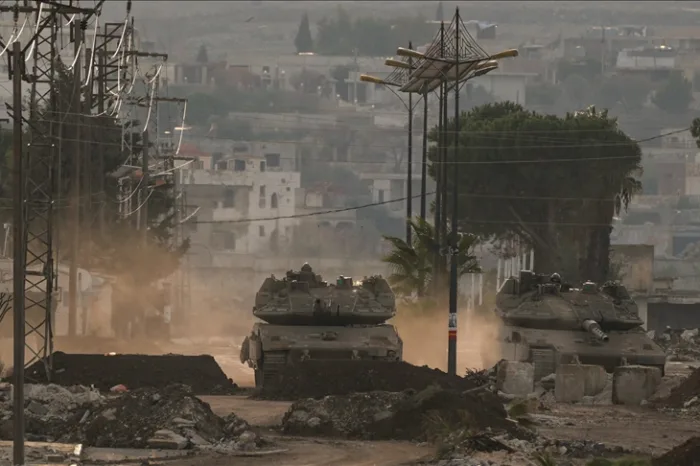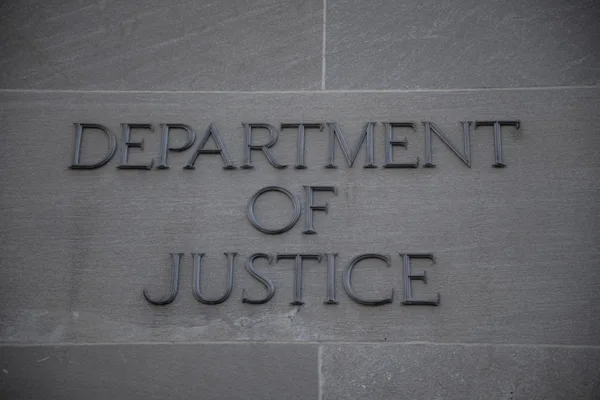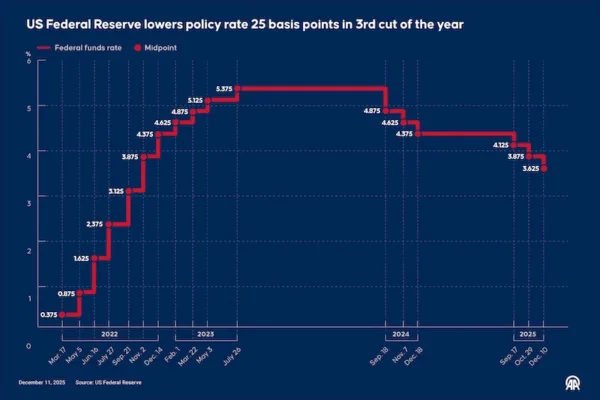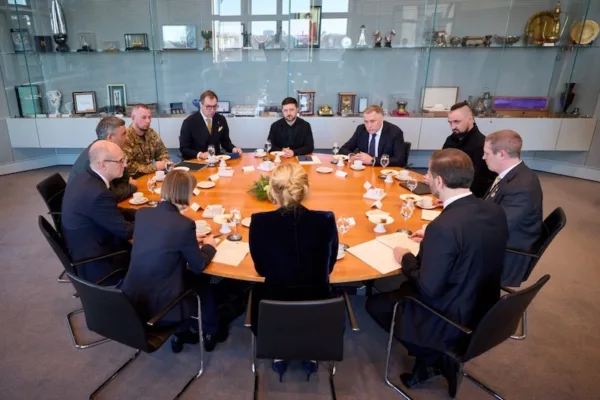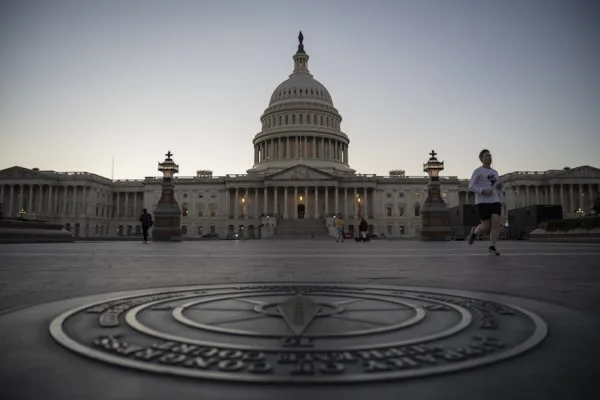Lessons From The Syrian Conflict
The conflict in Syria entered its fourth year last week, and in terms of casualties and displaced people, it has brought one of the most tragic outcomes in recent history.
The conflict in Syria entered its fourth year last week, and in terms of casualties and displaced people, it has brought one of the most tragic outcomes in recent history. The inaction of the international community against all possible forms of war crimes committed by Syrian President Bashar Assad’s regime will be very consequential for the future of international conflicts and civil wars. The red lines of the international community turned into green lights for the Syrian regime over the past four years. A dictator was able to survive without public support by killing his own people nonstop. In particular, the absence of humanitarian intervention in the conflict has become an important example that will be repeatedly discussed in the coming years. For authoritarian regimes, it demonstrates that no international actor will come to the help of those civilians. No “boots on the ground” has become the key word for those who are looking for an excuse to avoid any form of intervention. It will also demonstrate that those repressed will be all alone facing the oppressive apparatus of dictators.
Authoritarian regimes around the world also learned from this conflict that the messier the conflict, the merrier the outcomes for them. Assad’s strategy of making the conflict more complicated by adding the sectarian dimension to it definitely taught a lot of lessons to dictators. This added sectarian dimension intended to make the resolution of the conflict more difficult, which would give another excuse for the reluctant international actors to avoid engagement and escape from the potential form of shaming in the international arena.
Another very frequently-cited term during the crisis in Syria is “the day after.” The concept was used occasionally by U.S. officials in order to state that one, the lesson of Iraq has been well taken, and two, there will be no intervention without a plan for the day after the Assad regime’s fall. While people are being killed on the ground by the regime’s indiscriminate use of force, the potential international actors that can stop the killing of civilians did not take action; instead, they waited for the viable “day after” alternative. It was meaningful to focus on the day after, but to wait to stop the killings until there was a “day after” plan makes the situation on the ground extremely tragic.
A final issue that the Syrian conflict demonstrated in the last four years was that the moderate opposition groups under repressed regimes are not only under the threat of these regimes, but also under the threat of radical groups. It was a pattern that emerged after 9/11, which has continued with the Syrian conflict. Authoritarian regimes began labeling all forms of opposition groups as terrorists and criminalized any dissenting group opposing their rule. And on top of this, the members of the weak opposition groups under these regimes have become easy prey for radical groups. In the Syrian conflict, the moderate Syrian opposition has found itself once again in this difficult situation. There has been no meaningful assistance to opposition groups, and under these circumstances, the radicalized groups started gaining more strength and have become a center of gravity on the ground. After this took place, those international powers that did not want to help the moderate groups at first then wanted the moderate opposition to defeat the radical groups instead of fighting against the regime. After four years of conflict in Syria, the international community is expecting the moderate opposition to defeat international terrorism by itself while none of the members of the international coalition want to have “boots on the ground.”
This article was originally published in the Daily Sabah on March 23, 2015.



